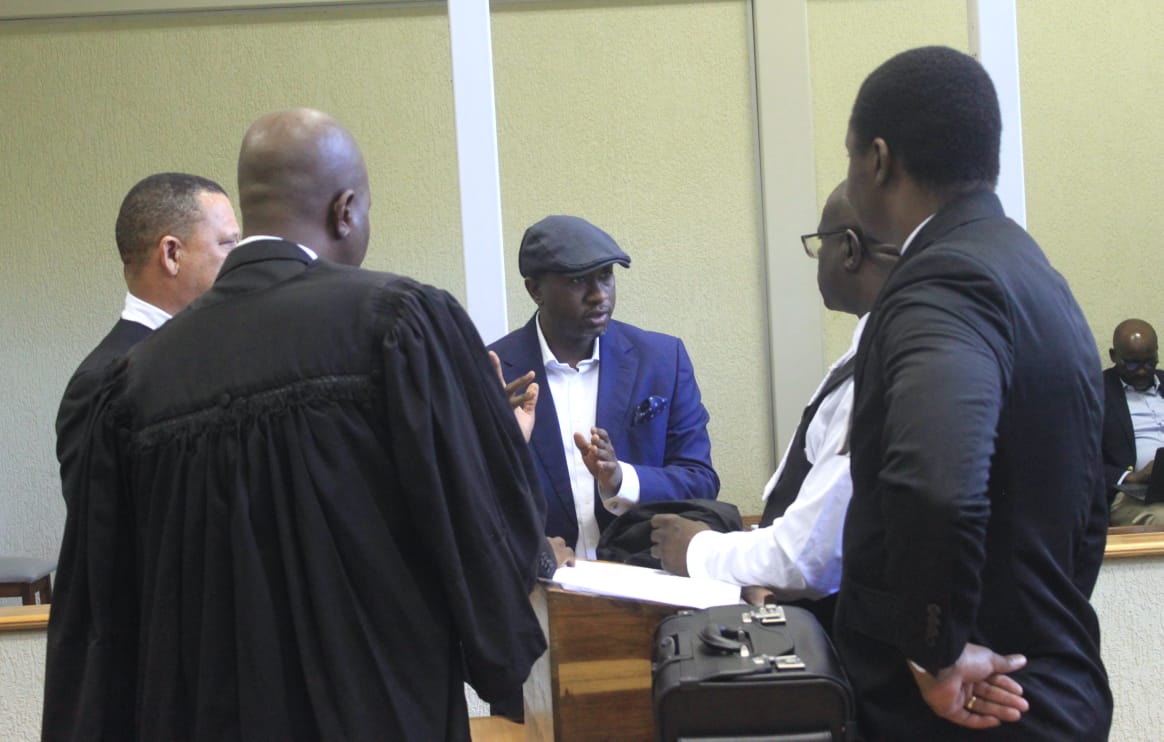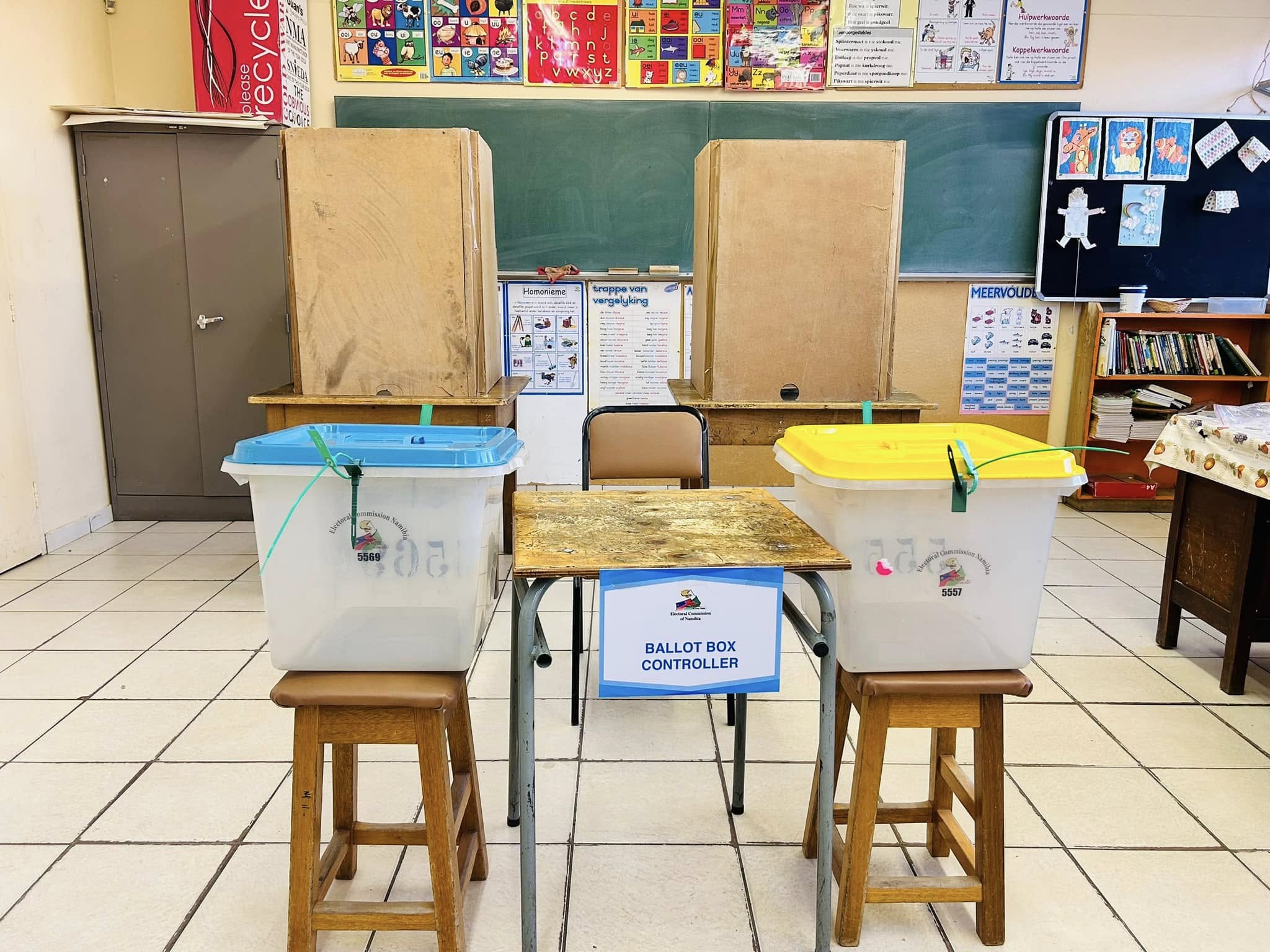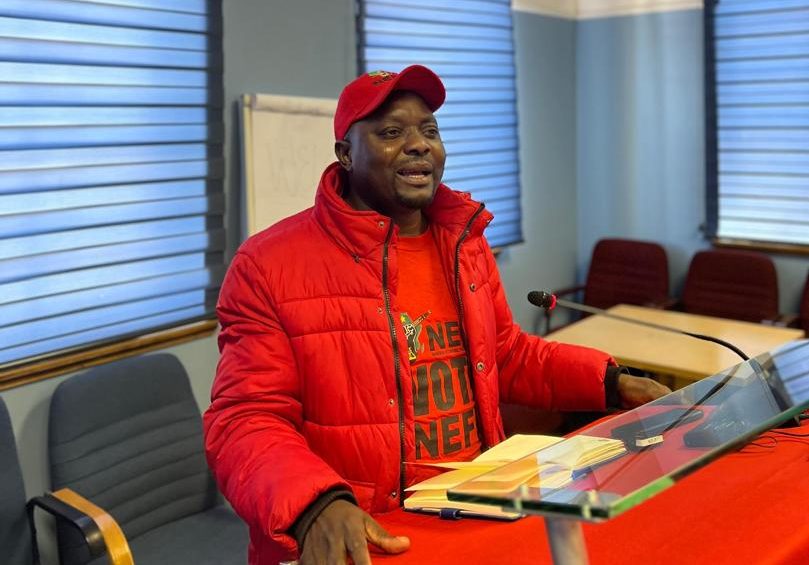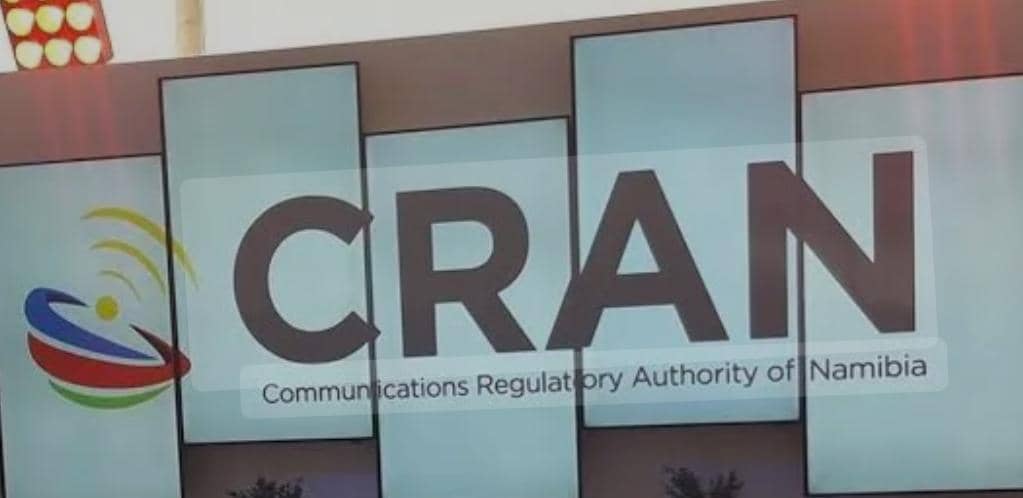ABOUT 3,5 billion litres of water released in August 2017 from the Hardap Dam to feed the N$5,7 billion Nerckatal dam project, 123 kilometres away, evaporated before reaching the intended destination.
At the current NamWater rate of N$15 per cubic metre, the water that was released from Mariental’s Hardap Dam on two occasions would have cost about N$52,5 million.
understands that the first dispatch of 1,5 billion litres of water released on 10 August 2017 did not even reach Gibeon, which is 93 kilometres (km) south of Hardap Dam.
The other 2 billion litres released on 27 August the same year dried up before reaching the village of Berseba, about 30 kilometres from the Neckartal Dam.
Done despite a warning given by then agriculture minister John Mutorwa in a letter dated 22 August 2017, some officials in the ministry went ahead to release the water.
“It will be an unacceptable and unpardonable excuse if the agreed amount of water does not reach Neckartal Dam,” Mutorwa warned in his letter to the former executive director, Nehemia Abraham, who is now the NamWater chief exectuive.
Mariental, a town about 250km south of Windhoek, uses about 800 million litres a month.
In theory, the lost water would have been enough for the town for about four months.
The level in the Hardap Dam that supplies water to Mariental residents and the Hardap Irrigation Scheme farmers is now about 23% compared to the same period last year when it was at 47%.
The current drought means there was not enough rain to replenish the lost water.
Documents seen by The Namibian show that the agriculture ministry requested NamWater in July 2017 to release water for use in the construction of the Neckartal Dam.
Andries Kok, the NamWater acting chief in the south wrote to stakeholders on 23 July 2017 informing them that a meeting chaired by the water utility’s chief executive officer had resolved, after considering all options and financial impacts, that releasing water from the Hardap Dam was the most viable option to solve the water shortage at the Neckartal Dam construction project.
“It is estimated that after the release of water, sufficient water is available to continue irrigation for 18 months as from 1 August. In the event of the 2017/2018 runoff during the 2017/2018 rainy season into the Hardap Dam, the situation will be addressed after the 2017/2018 rainy season with stakeholders,” Kok’s letter read.
Kok confirmed yesterday that the agriculture ministry had ordered the release of water from Hardap Dam in 2017 for the Neckartal Dam construction site.
He, however, said the Hardap Dam was likely to receive an inflow in the 2019/2020 rainfall season that falls between October 2019 and March 2020.
In the letter dated 22 August 2017, minister Mutorwa called for a scientific process to tackle the water needs of Neckartal.
The director of water supply and sanitation in the agriculture ministry, Leopold Niipare, last Friday told The Namibian that he was not aware of the water that was released from the Hardap Dam to supply the Neckartal Dam project. Critics now blame the low level at Hardap Dam on the millions of water lost as result of the decision in 2017 to feed Neckartal Dam.
A farmer in the Hardap region, who prefer not to be named, on Monday said he was concerned that if the dam level reached 10%, there wouldn’t be enough water for their irrigation scheme.
“Irrigation plots will be closed, and workers sent home because there would only be enough water for the residents of Mariental,” he remarked.
According to the farmer, the low level at the dam might affect lucern production at the Hardap Irrigation Scheme.
Namwater’s Kok said the dam would be able to supply water for irrigation purposes until February 2020, and for domestic use until December 2020.
According to Kok, Hardap Dam’s level could be as low as 5,5% in February 2020, which is about 16 million cubic metres, and 1,7% in December 2020 in case of an insufficient inflow.
“When the level reaches 1,7%, we will install a pump in the dam basin from where we will pump water to the purification plant,” Kok added.
The irrigation farmer is worried that low levels mean livestock farmers will have to rely on lucerns imports and will pay a higher price.
“Already, lucern is scarce at Hardap… more animals will die,” the farmer added.
The Food Security Situation report of March 2019 reveals deteriorating grazing conditions being experienced in most parts of the country amidst poor and below average rainfall led to 63 712 animals dying in six months.
Stay informed with The Namibian – your source for credible journalism. Get in-depth reporting and opinions for
only N$85 a month. Invest in journalism, invest in democracy –
Subscribe Now!






